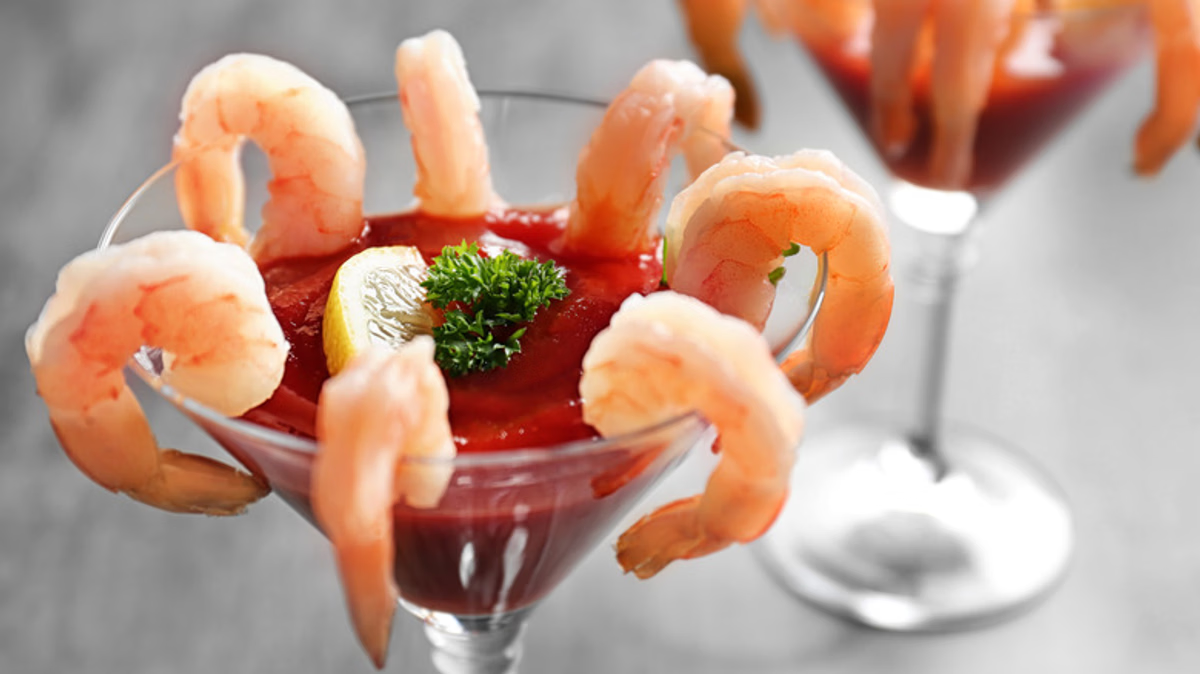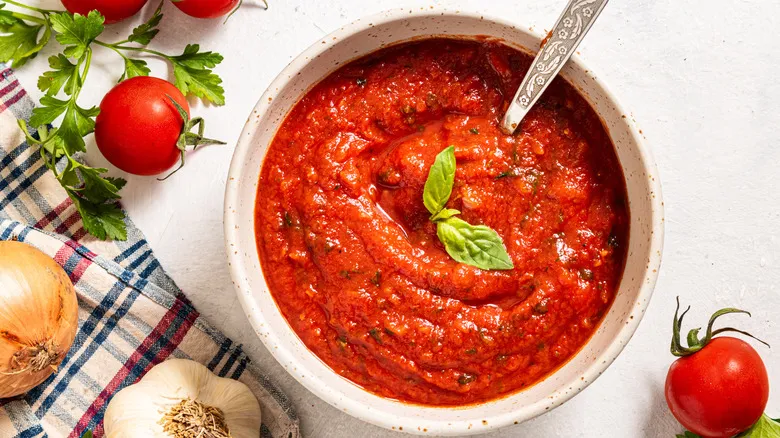Specifics for making red wine vinegar

Apple cider vinegar, also known as mother of vinegar, is crucial for producing red wine vinegar, as it converts alcohol into acetic acid, imparting the characteristic tangy flavor. The mother of vinegar appears as a rubbery, gelatinous disc that can be added to the wine to facilitate this transformation during fermentation. In contrast, apple cider vinegar will develop a SCOBY (Symbiotic Culture of Bacteria and Yeast), which effectively becomes its own mother. You’ll notice this formation at the end of the fermentation process, and it can be reused to initiate another batch of red wine vinegar.
Creating homemade red wine vinegar is an excellent way to utilize inexpensive wine. However, it’s important to use red wine that you would enjoy drinking. If you opt for low-quality or poorly flavored wine, your vinegar will likely inherit those undesirable traits. Keep in mind that the sugar and alcohol content in your wine will influence the acidity of your vinegar; higher levels yield a sharper flavor, while lower levels result in a gentler taste.
While its strength may decrease over time, red wine vinegar doesn’t spoil to a dangerous extent, so there’s no need to rush to use it. The next time you have leftover red wine, consider trying your hand at making your own red wine vinegar.
Recommended

What Exactly Makes A Beer A Tripel?

Sour Vs Gose Beer: What's The Difference?

How To Tell If Your Beer Has Gone Bad

The State That Drinks The Most Beer Isn't California Or Texas
Next up





